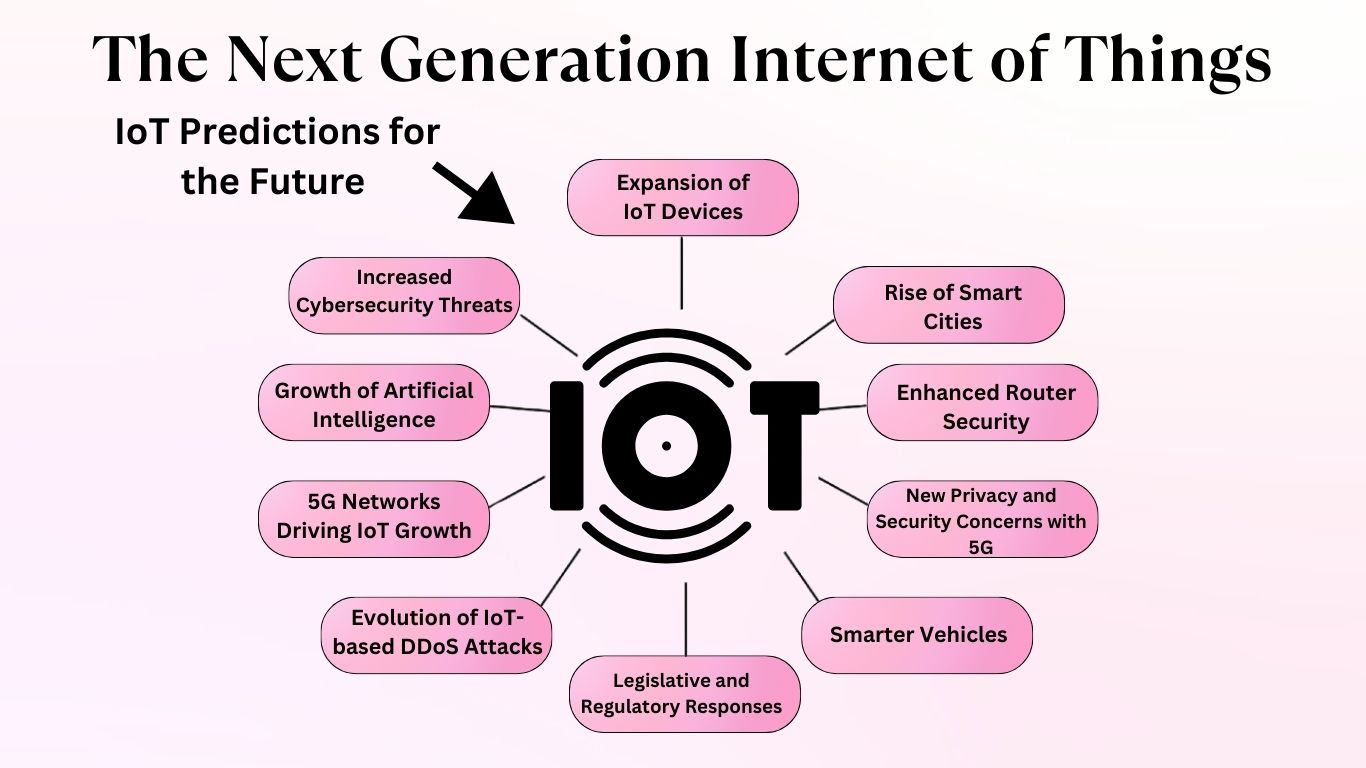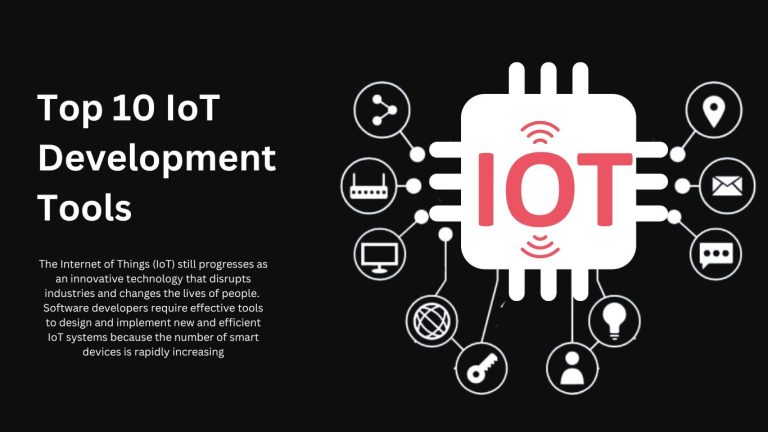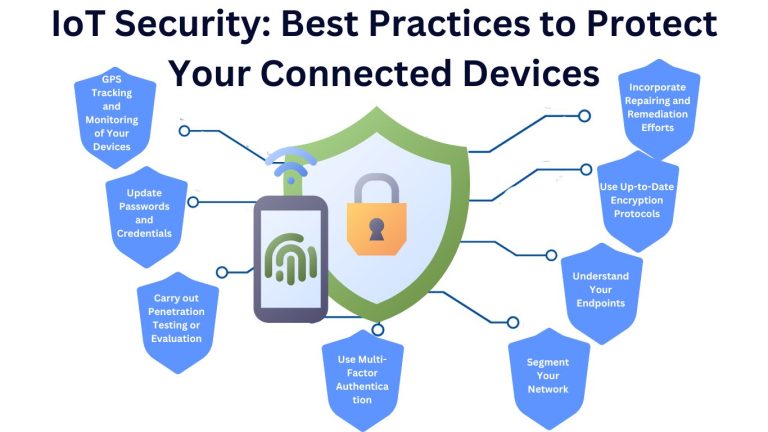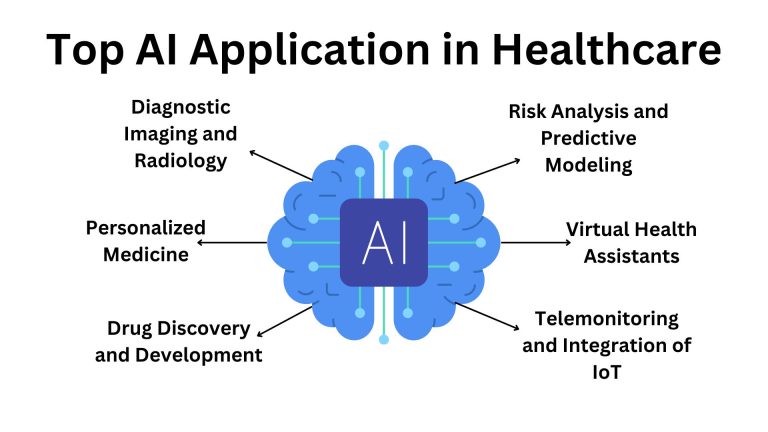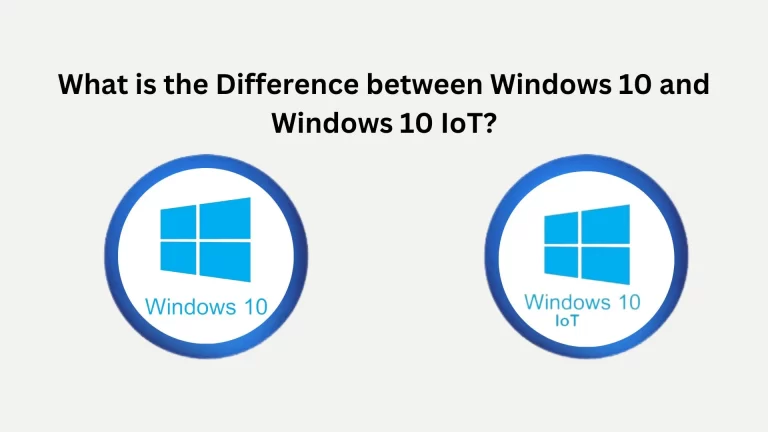The Future of IoT : Predictions, Challenges, and Innovations Shaping the Digital World 2024
he future of IoT is poised to transform how we live and connect with technology every day. From smarter cities to faster 5G networks, IoT is unlocking new possibilities for a more connected and efficient world .The IoT is an essential part of digitizing the economy together with big data and AI. They gather information that it is possible to supervise, trigger certain processes, or gain knowledge about the state of other connected objects regardless of distance. This way, processing at the edge can minimize unnecessary communication and storage expenses; and machine learning and AI are used to detect patterns in data affecting physical processes and the business.
Based on the level of detail and functionality of data acquisition, analysis, communication and real-time response and actuation, the IoT is at the epicenter of this digital evolution. It links hardware, information, processing capabilities and networking capabilities.
The Future of IoT: What It May Look Like
IoT enables the making of smart contexts with the help of digital technologies, which enhance different spheres of our existence. The International Data Corporation shows that by 2025, there are expected to be more than 41 Billion IoT devices in use. This will result in the generation of much more data and will shift the computational tasks and data analysis to the edge.
IoT in Future Predication
Expansion of IoT Devices
In the coming years especially by 2025, the number of IoT devices is expected to go beyond 41 billion. In 2016 there were over 4. 7 billion connected devices. This number increased to nearly 11 by the year 2021. This is evidence that the use of IoT technology is growing exponentially (IOT Analytics). This is Future of IoT in Trending
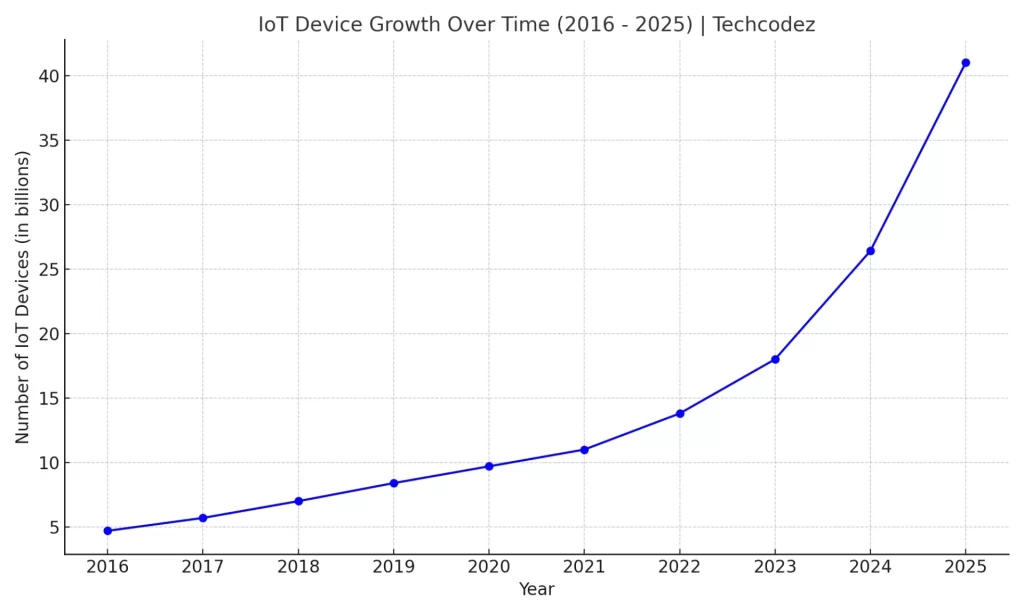
Future of IoT : Increased Cybersecurity Threats
It is expected that cybercriminals will keep on leveraging IoT devices to conduct DDoS attacks. The first known malware for the Internet of Things was released in 2016, known as Mirai which targets DVRs and security cameras that have default passwords and usernames. This malware transformed these devices into botnets to conduct DDoS attacks, which proved the fact that IoT devices are not safe.
Following approximate data (in millions of attacks)
- 2016: 2.3 million attacks
- 2017: 4.1 million attacks
- 2018: 6.5 million attacks
- 2019: 8.2 million attacks
- 2020: 10.3 million attacks
- 2021: 13.5 million attacks
- 2022: 15.8 million attacks
- 2023: 18.4 million attacks
- 2024 (projected): 21.5 million attacks
- 2025 (projected): 25.0 million attacks
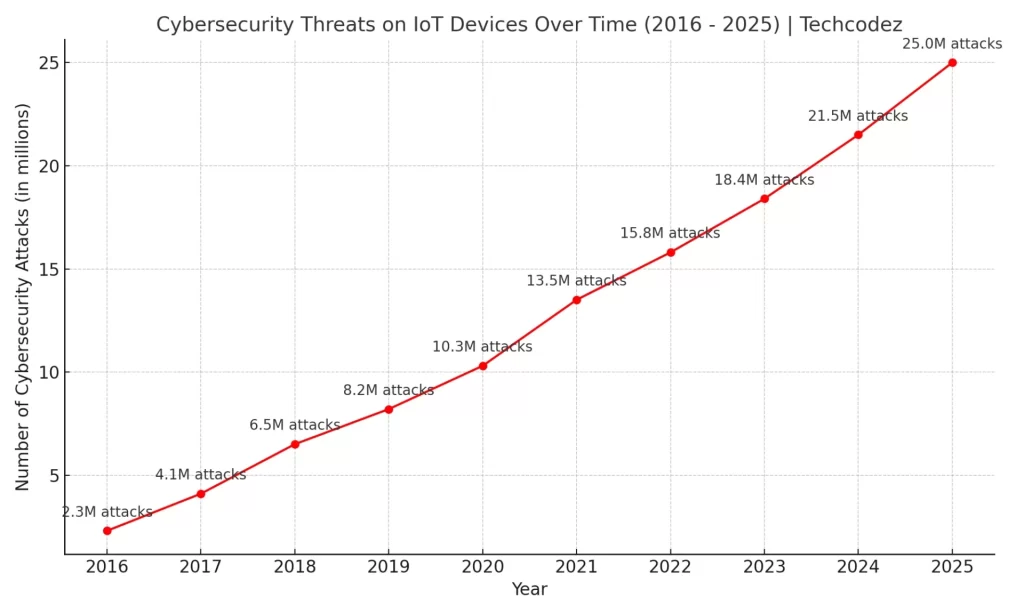
Future of IoT : Rise of Smart Cities
The world will see cities and companies embrace IoT technologies to improve on their operations while reducing the use of resources. Smart cities will integrate and centralize the control of many public services, as well as kiosks for visitors, video surveillance systems, bike rental, and taxi services to enhance the quality of life in cities and productivity.
Rise Of Smart Cities Worldwide (2016 – 2025)
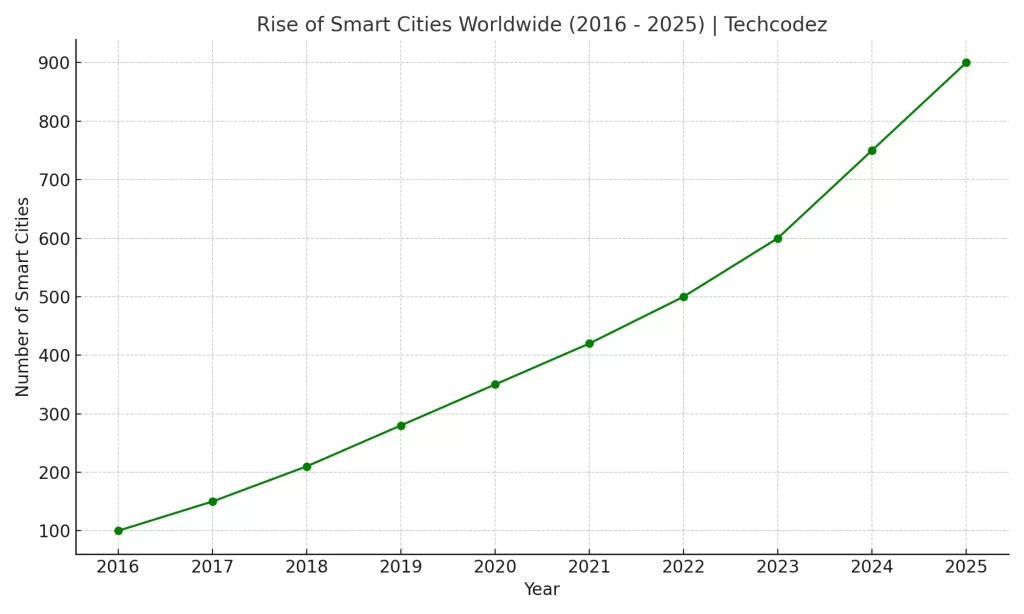
Future of IoT : Growth of Artificial Intelligence
AI will be more important in IoT in the next two years, with smart home hubs, thermostats and other devices applying machine learning to become more aware of the user’s habits and choices. These are the areas in which integration of AI is going to improve the functionality of IoT devices by making them smarter to meet the user’s needs.
Artificial Intelligence Complete Course
Future of IoT : Enhanced Router Security
Routers in homes will be more secure and intelligent as IoT devices increase in homes to prevent the devices from being attacked. Manufacturers will focus on router security because most IoT devices cannot have security software installed on them.
Future of IoT : 5G Networks Driving IoT Growth
The advancement will continue to expand with the deployment of 5G networks. This will lead to better and more efficient data acquisition, processing and management which in turn will create the need for new and better connected products.
Future of IoT : Smarter Vehicles
The key changes that will result from 5G technology are expected to affect the automotive industry, especially in the areas of driverless cars and connected cars. Such developments will enable the car to process information and communicate with other IoT systems and objects including other cars, consequently increasing safety and functionality.
Top 7 headings for Smarter Vehicles using IoT
- Vehicle-to-Vehicle (V2V) Communication
- Predictive Maintenance
- Autonomous Driving Technology
- Enhanced In-Car Connectivity
- Fleet Management Solutions
- Smart Traffic Management
- Remote Vehicle Control
Future of IoT : New Privacy and Security Concerns with 5G
With the increasing number of devices connecting to 5G networks instead of Wi-Fi routers more IoT devices will be exposed to direct attacks. This shift will make it difficult for users to track and protect all their IoT devices as they wish.
Evolution of IoT-based DDoS Attacks
IoT devices, which were used in botnet-driven DDoS attacks, will be utilized in directing even more complex and dangerous cyberattacks, raising the general level of risk.
Legislative and Regulatory Responses
Growth in IoT devices will raise security and privacy issues, thus prompting legislation and regulations. The General Data Protection Regulation in the European Union that began in the middle of 2018 has led to the emergence of similar activities all over the world, including the tightening of legislation on personal data protection in the United States, for example, the recently adopted Californian legislation.
These predictions reveal the possibilities of IoT as well as the issues and factors that will define the future of IoT and its application.
Conclusion
IoT continues to expand and is now considered to be one of the pillars of digitalization along with AI and big data. Being the usage of data and the initiation of real-time actions, IoT is predicted to develop a network of smart systems that modify our world. That’s where smart cities that improve traffic flow, self-regulating buildings and safer connected cars and much more come into play. But with this kind of growth comes the need to tackle issues of security, particularly cybersecurity and the privacy of data. The increasing number of connected devices requires reliable security and unambiguous rules that will help create trust in the development of IoT. Cooperation between business, politics and customers will be the driving force for this technology and its unlimited possibilities to make the world smarter and safer.
Find More About IOT

